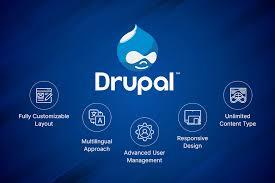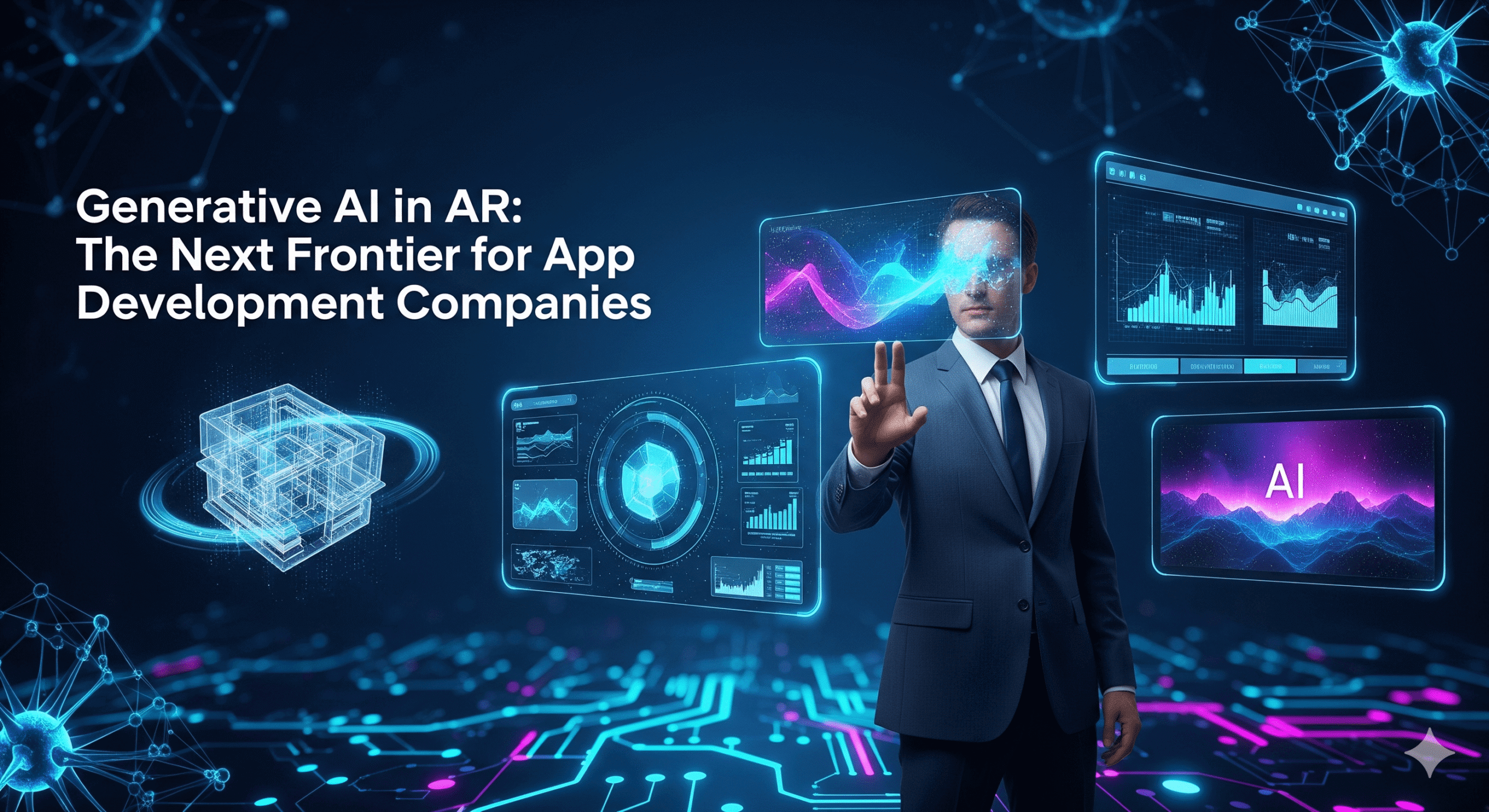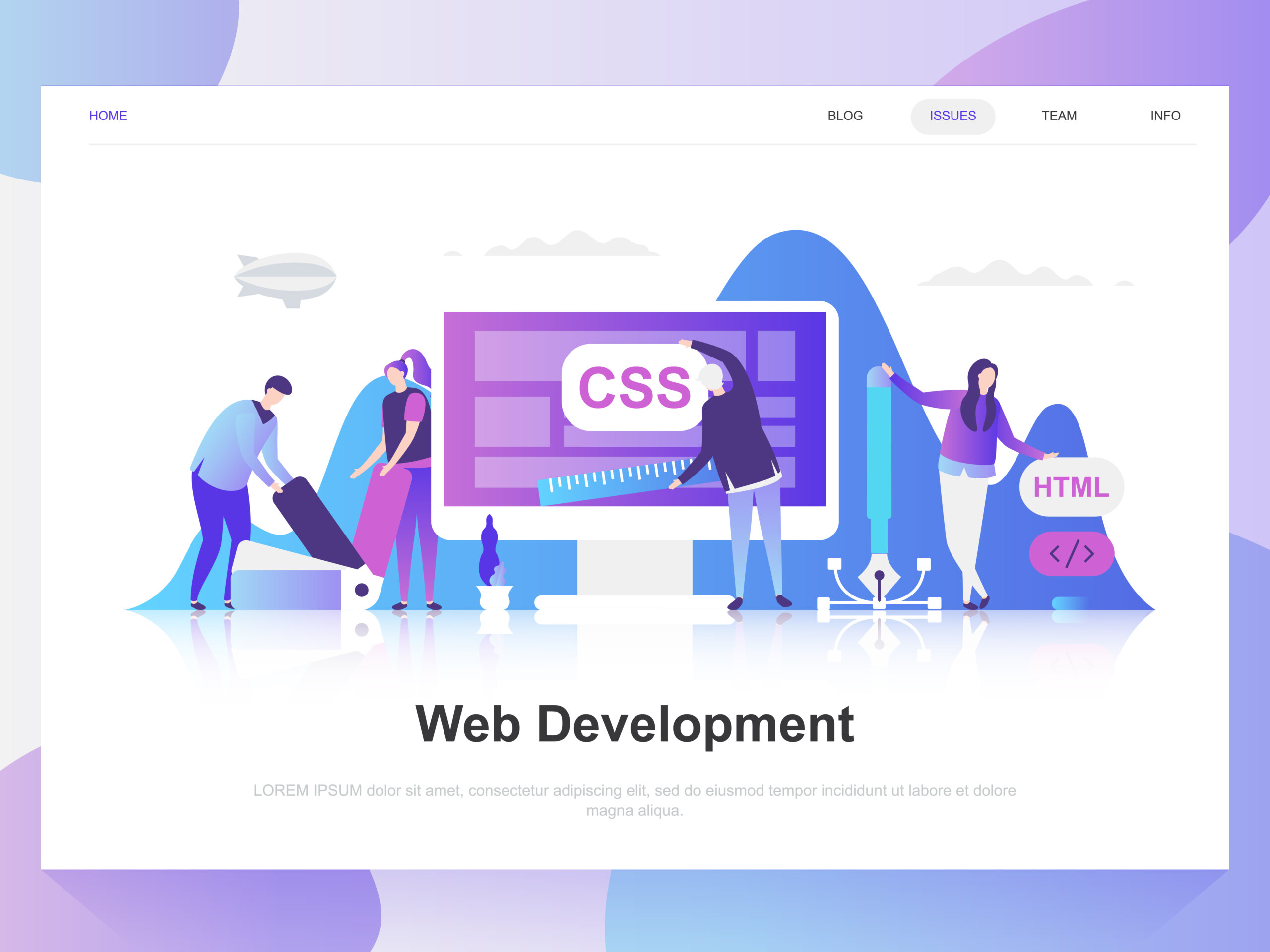Boost Creativity & Speed: Generative AI in Website Design Workflows
How Generative AI Can Transform Website Design Workflows?

According to Statista, about 82% of developers say they actively use AI technologies to help with coding. In addition, around 68% said that they rely on finding solutions and answers during mass development on AI.

Generative AI is no longer a discussion. This digital change is becoming an essential component of the initiative. AI is changing the way web designers and developers are working, ranging from automatic design activities to code snippets, layout ideas, and even users are creating full websites based on input.
In this blog, you will learn how AI is a practical and meaningful way of website design workflows. Whether you are a designer, developer, project manager, or business owner, this blog will help you understand how AI can increase creativity and efficiency in your digital initiatives.
What is generative AI?
Generic AI refers to artificial intelligence models that can generate new materials, such as photos, texts, codes, and even full website layouts. Some popular tools include ChatGPT, DALL-E, GitHub Copilot, and MidJourney.
In website design, generic AI can automatically propose design layouts, produce materials, personalize user experiences, and even build front-end code. It analyzes the dataset on a large scale, which is to “understand” the best practices, user behavior, and industry-specific needs.
Popular Generative AI Tools for Web Designers
Here is a list of some popular tools and platforms that offer generative AI features for web projects:
| Tool Name | Purpose |
| Figma AI Plugins | Design elements and copy suggestions |
| Wizard | AI-generated wireframes and prototypes |
| Framer | Convert designs into production websites |
| Wix ADI | Full website generation from user inputs |
| GPT-powered Copilot | AI assistance for code and layout |
| ChatGPT / Jasper | Content and UX writing support |
How Generative AI Improves Website Design Workflow?
Faster Prototyping and Testing
Historically, it took a day or a week to make several prototypes. Designers can use generic AI to produce many forms of a webpage in minutes. Tools such as WIX ADI (Artificial Design Intelligence) enable consumers to enter their preferences and get a complete working prototype to work quickly, which reduces the time the market.
Personalized User Experiences
AI can analyze user behavior and create dynamic layouts depending on individual preferences. For example, e-commerce websites can use AI to reorganize the product display based on browsing behavior, so increase the engagement and conversion rates.
Automates Repetitive Tasks
Designing a website involves many repeated processes, such as designing wireframes, selecting color schemes, and organizing the layout. Generative AI can easily demonstrate these tasks, freeing designers to focus on strategic decisions.
AI-operated technologies, such as Adobe Firefly, can produce placeholder paintings, advise typography, and even write basic HTML/CSS code, which helps to speed up all website design and development.
Automated Code Generation
Writing front-end programming can be tedious. Pixel-perfect HTML/CSS takes hours to convert design mockups. Framer and Anima are examples of general AI technologies that employ visual inputs to create production codes, reduce markup time.
Tools such as GitHub Copilot and ChatGPT can also help in writing JavaScript functions, validating forms, and managing responsible behavior, speeding up the process.
Error Reduction and Optimization
Manual coding is prone to mistakes, but AI can discover discrepancies, improve speed, and ensure responsible design in all devices. This website is particularly important in design and development, as even slight errors can degrade user experience.
Design Suggestions and Visual Guidance
Artificial intelligence can automatically analyze your design and recommend changes. This includes Accessibility Improvements Such as Increased Contrast, Text Size, and Spacing. It also suggests UX and UI designs that have successfully performed in comparable situations. These insights enable designers to develop more usable and visually attractive websites with minimal modifications.
Enhances Creativity
The generative AI can provide unique website design components, color straps, and even material ideas based on the trends of the market. Platforms such as Canvas AI design auxiliary examined millions of designs to offer excellent visual combinations, ensuring that your website stands out.
A Guide to Integrating Generative AI in Website Design?
The perception of incorporating a new technology in the current workflow can be scary. However, implementing generic AI should not be an all-or-nothing proposition. By increasing your use of small and progressive changes, you can feel the benefits without disturbing your entire workflow.
Identifying the Right Opportunities
The first step is you check your current website design workflow and determine where the biggest impact of generative AI can be. Are you dedicated for a long time? Is the content generation going on? Are you having trouble making specific graphic assets?
By identifying these pain points, you can direct your first efforts to devices and strategies that will bring the greatest immediate benefits.
Choosing the Right Generative AI Tools
The ecosystem of general AI devices is growing at a circular speed. Here are some types of equipment to consider:
AI Website Builders: Platform users such as Wix ADI and Hostinger AI website design AI to produce full websites based on input, including layouts and initial materials.
AI Design Assistant: Tools such as release and Uizard can produce wireframes, mockups, and even website design systems from text details, and they integrate with popular design applications such as Figma.
AI Image Generator: MidJourney, DALL-E3, and Stable Diffusion are all effective methods for the production of unique images and graphics.
AI Code Assistant: GitHub. Copilot and Tabnine Code work with editors to provide code suggestions and automate repetitive coding processes.
Developing New Skills
Designers and developers will need to learn new skills to use generic AI perfectly. “Prompt Engineering” – the technique of creating compelling text to get the desired response from an AI – is quick to become an important ability.
It is also important to have the ability to integrate and improve AI-related materials in a creative way. The designer’s function is developing from a single manufacturer to a creative director, who directs AI to produce optimal results.
Embracing a Collaborative Mindset
It is important to see a generous AI as a partner rather than a rival. This device can take care of hard work, allowing you to focus on the creative and strategic elements of the design that require human creativity, sympathy, and intuition.
The most fruitful integration will result in a mutually beneficial partnership in which artificial intelligence increases human simplicity rather than changing it.
Challenges and Limitations of Generative AI in Web Design
Despite the benefits, there are some obstacles to consider:
Creativity Limitations: AI can only work with data that already exists. It cannot have the intuition or cultural knowledge of a human manufacturer.
Overdependence Risk: Relying only on AI can result in results in normal designs that lack emotional or human appeal.
Privacy Concerns: The generic AI system requires access to project data, which can pose data privacy difficulties for sensitive projects.
Inaccurate Output: Some produced text or layout recommendations may require human editing.
Key Takeaways
- The generative AI automatically operates to save time and effort.
- The unique design improves creativity by offering components.
- Accelerated for quick testing and recurrence, accelerates the prototype.
- Dynamic content modifications help personalize user experiences.
- Code reduces mistakes and improves design optimization.
Wrapping It Up
The purpose of generic AI is not to change designers, but to increase their creativity and efficiency. Integrating AI into your workflow allows you to focus on strategic decisions while AI repeatedly handles heavy lifting.
Pixsofts believes in using state-of-the-art technologies to create excellent website design. Whether you are a startup or a business, using a generous AI can help you get competitive benefits in the rapidly changing digital world.
Are you ready to use AI to bring revolution to your web design workflow? The future has come, and it is still starting today!








